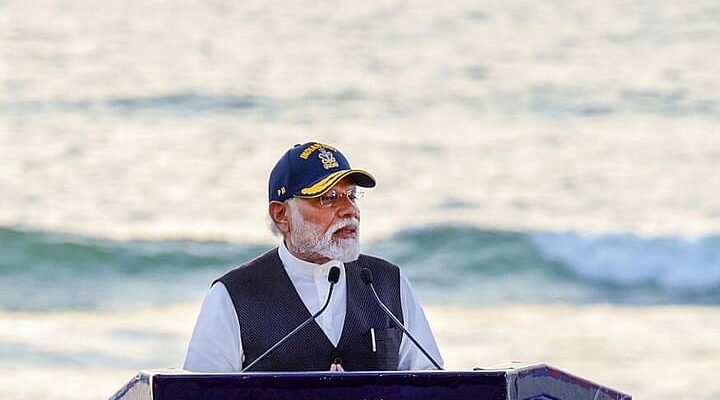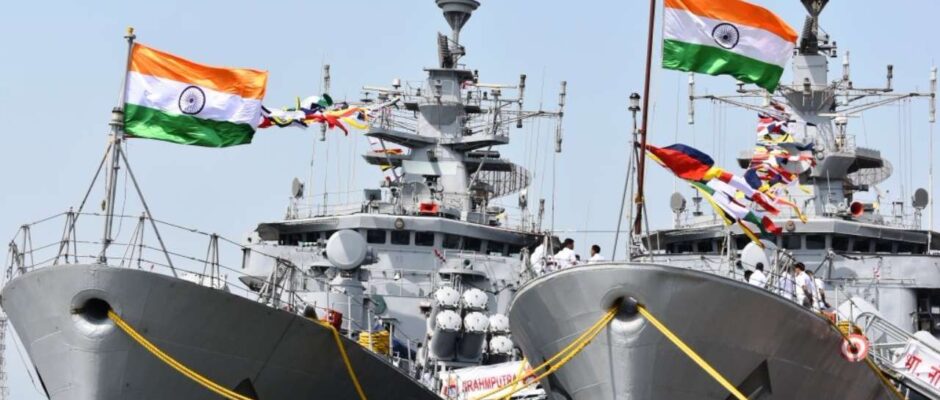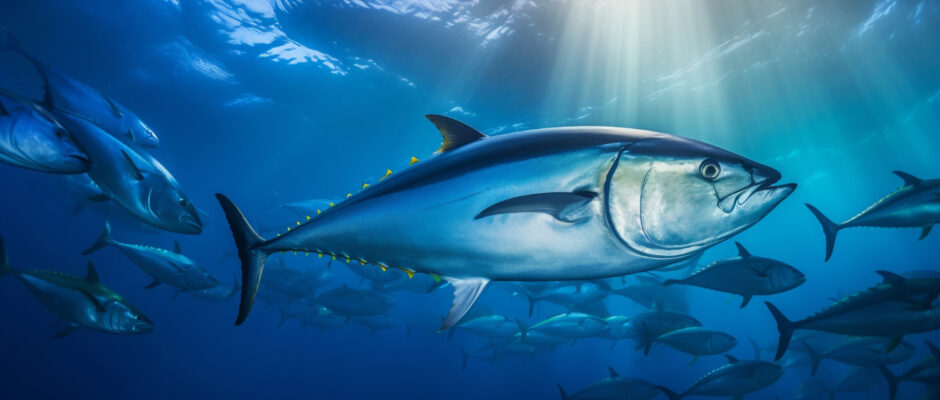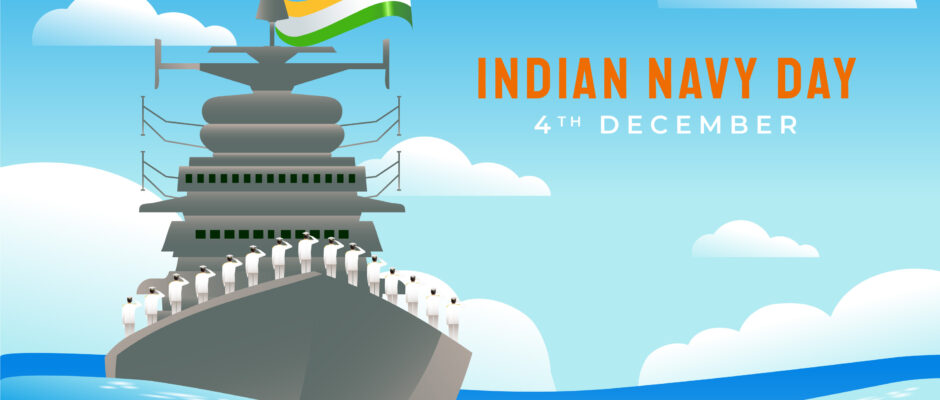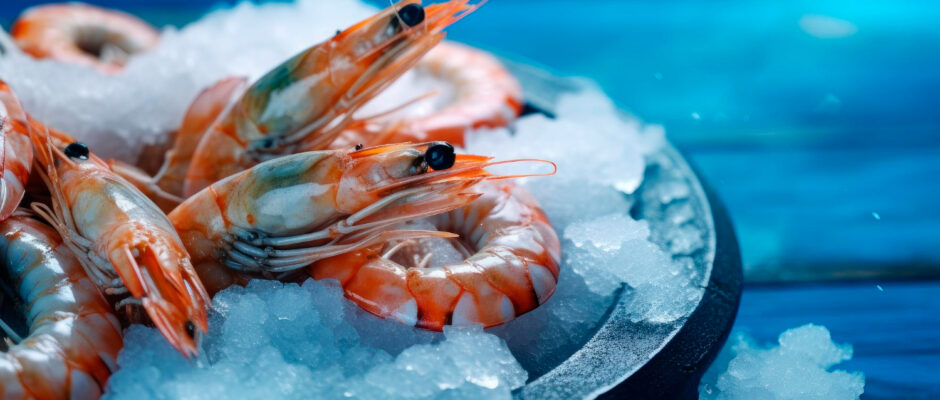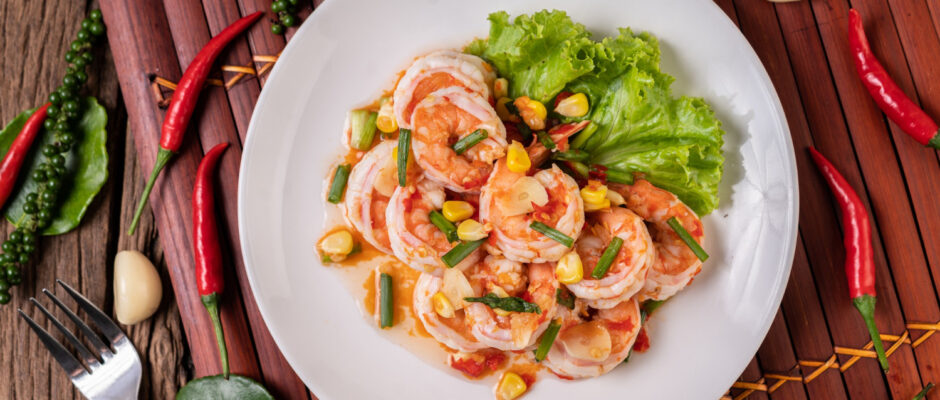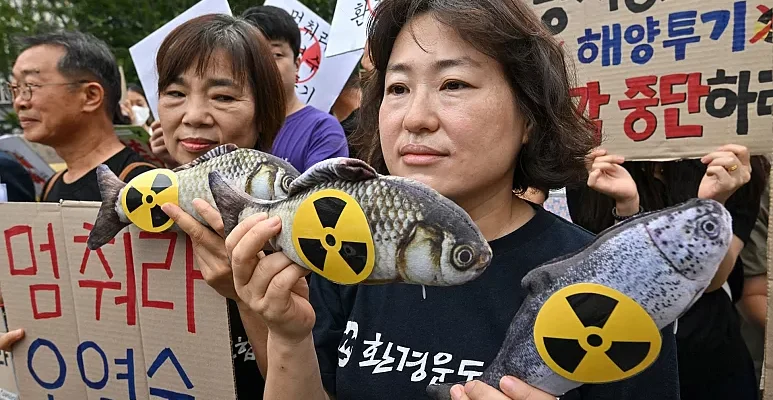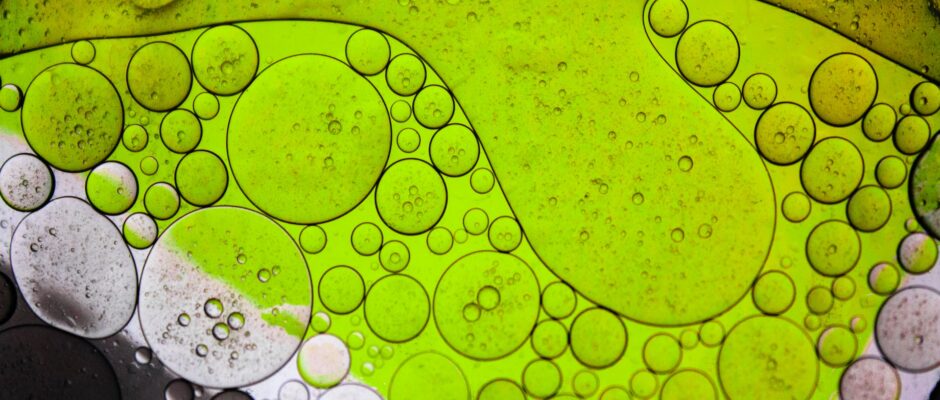Prime Minister Modi Highlights Fisheries Sector in Sindhudurg Speech on Navy Day
Prime Minister Narendra Modi recently addressed the Navy Day 2023 celebrations in Sindhudurg, Maharashtra, where he highlighted India’s remarkable growth and progress in various sectors, including the fisheries sector. He emphasized the importance of coastal and border villages, stating that the government prioritizes their development. Fisheries Sector: A Key Driver of Growth Prime Minister Modi acknowledged the significant strides made in the fisheries sector under his leadership. He mentioned the creation of a separate fisheries ministry in 2019 and the allocation of ₹40,000 crore for its development. These initiatives have resulted in an 8% increase in fishery production and a 110% surge in exports since 2014. Empowering Fishermen and Enhancing Infrastructure The government has also taken steps to empower fishermen and enhance fisheries infrastructure. Insurance coverage for fishermen has been increased from ₹2 lakh to ₹5 lakh, and they now benefit from the Kisan Credit Card. The Sagarmala Scheme is strengthening modern connectivity in coastal areas, paving the way for new businesses and industries. Additionally, seafood processing-related industries and the modernization of fishing boats are being undertaken. Konkan Region: A Hub of Possibilities Prime Minister Modi recognized the immense potential of the Konkan region, highlighting the government’s commitment to its development. He mentioned the inauguration of medical colleges in Sindhudurg, Ratnagiri, Alibaug, Parbhani, and Dharashiv; the operations of Chipi Airport; and the Delhi-Mumbai Industrial Corridor connecting till Mangaon. Special schemes are also being drafted for cashew farmers in the region. Protecting Coastal Communities and Preserving Heritage The government prioritizes the safety of coastal communities and the preservation of heritage. Prime Minister Modi emphasized the importance of expanding the scope of mangroves, citing Malvan, Achara-Ratnagiri, and Devgad-Vijaydurg as selected sites for mangrove management. Additionally, the government is determined to conserve forts and monuments constructed during the era of Chhatrapati Veer Shivaji Maharaj, with hundreds of crores of rupees being allocated for this purpose across Maharashtra. Conclusion Prime Minister Modi’s leadership has propelled India’s fisheries sector to new heights. His emphasis on empowering fishermen, enhancing infrastructure, and preserving coastal communities has contributed significantly to the sector’s growth and sustainability. The government’s commitment to the Konkan region’s development and its dedication to preserving heritage further demonstrate its holistic approach to fisheries sector development. As India continues its journey towards becoming a global leader, the fisheries sector is poised to play a pivotal role in driving economic growth and fostering inclusive prosperity.


